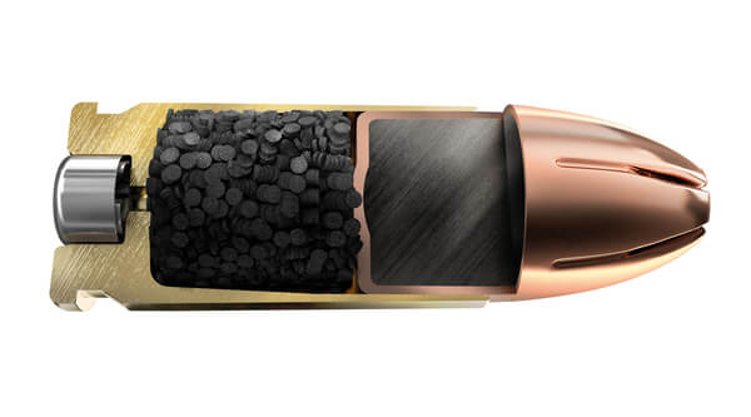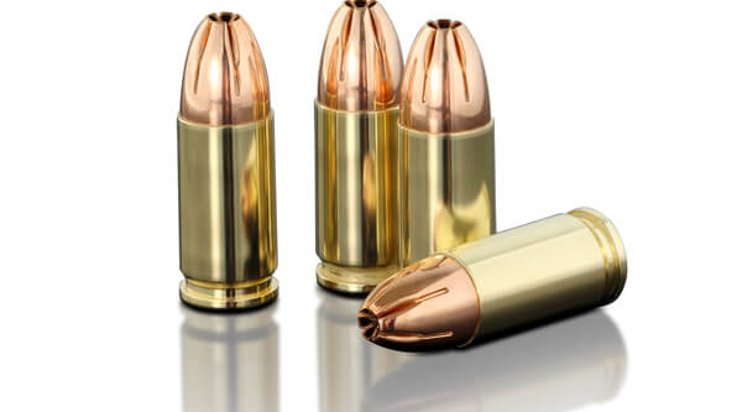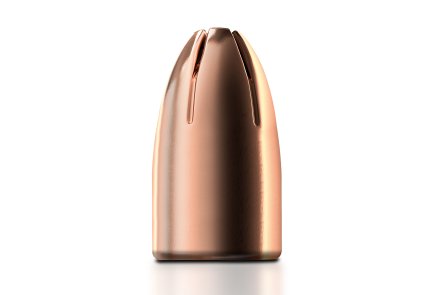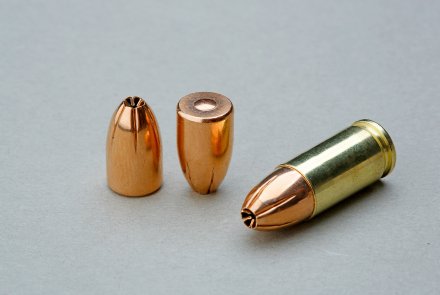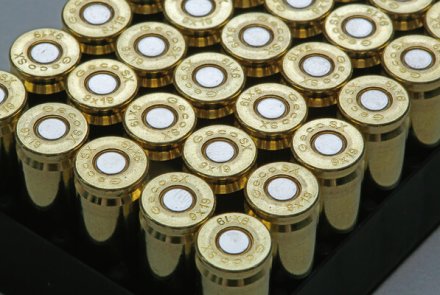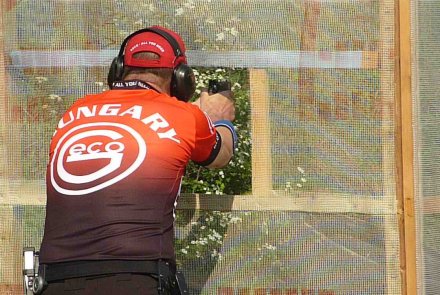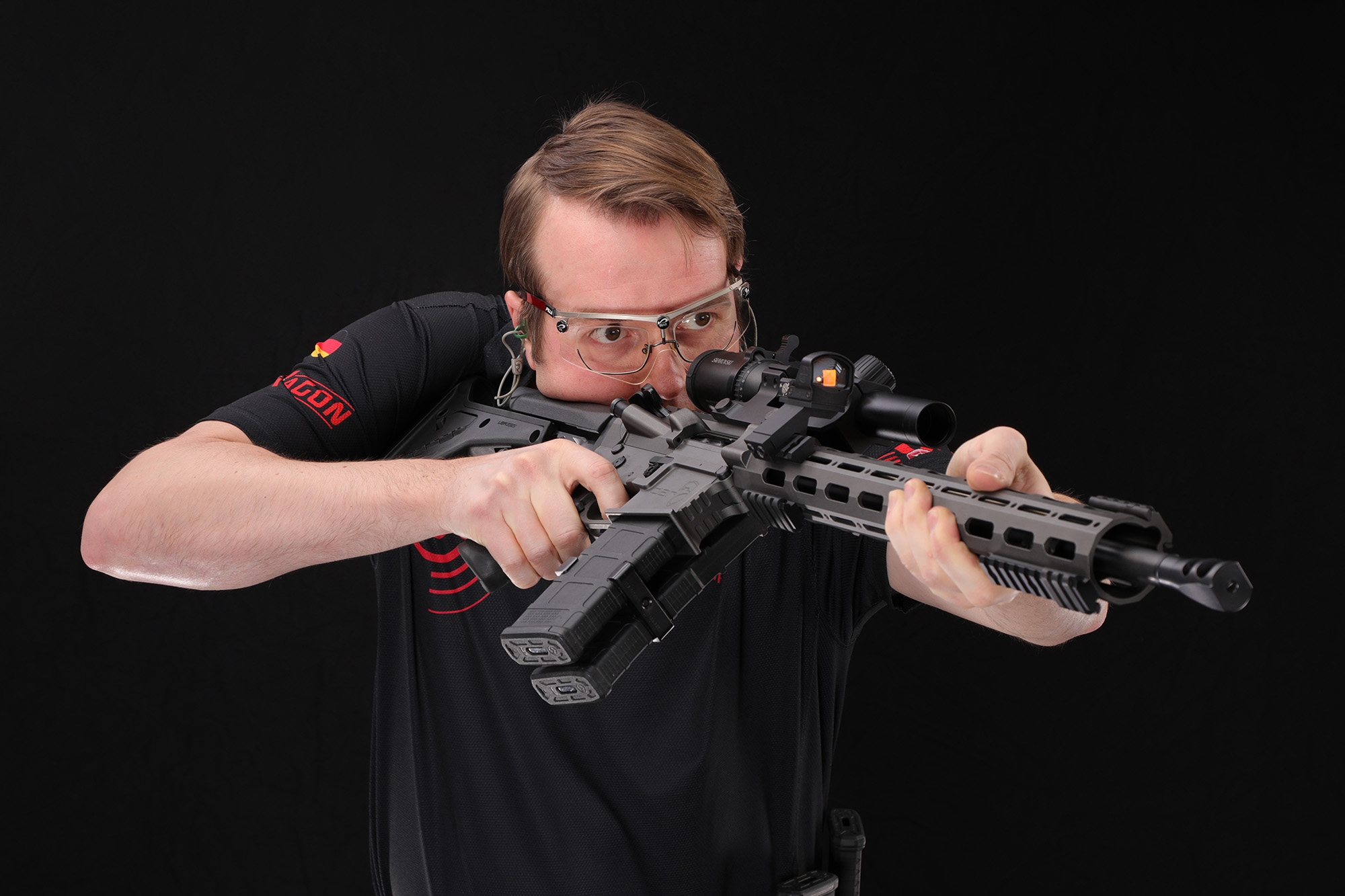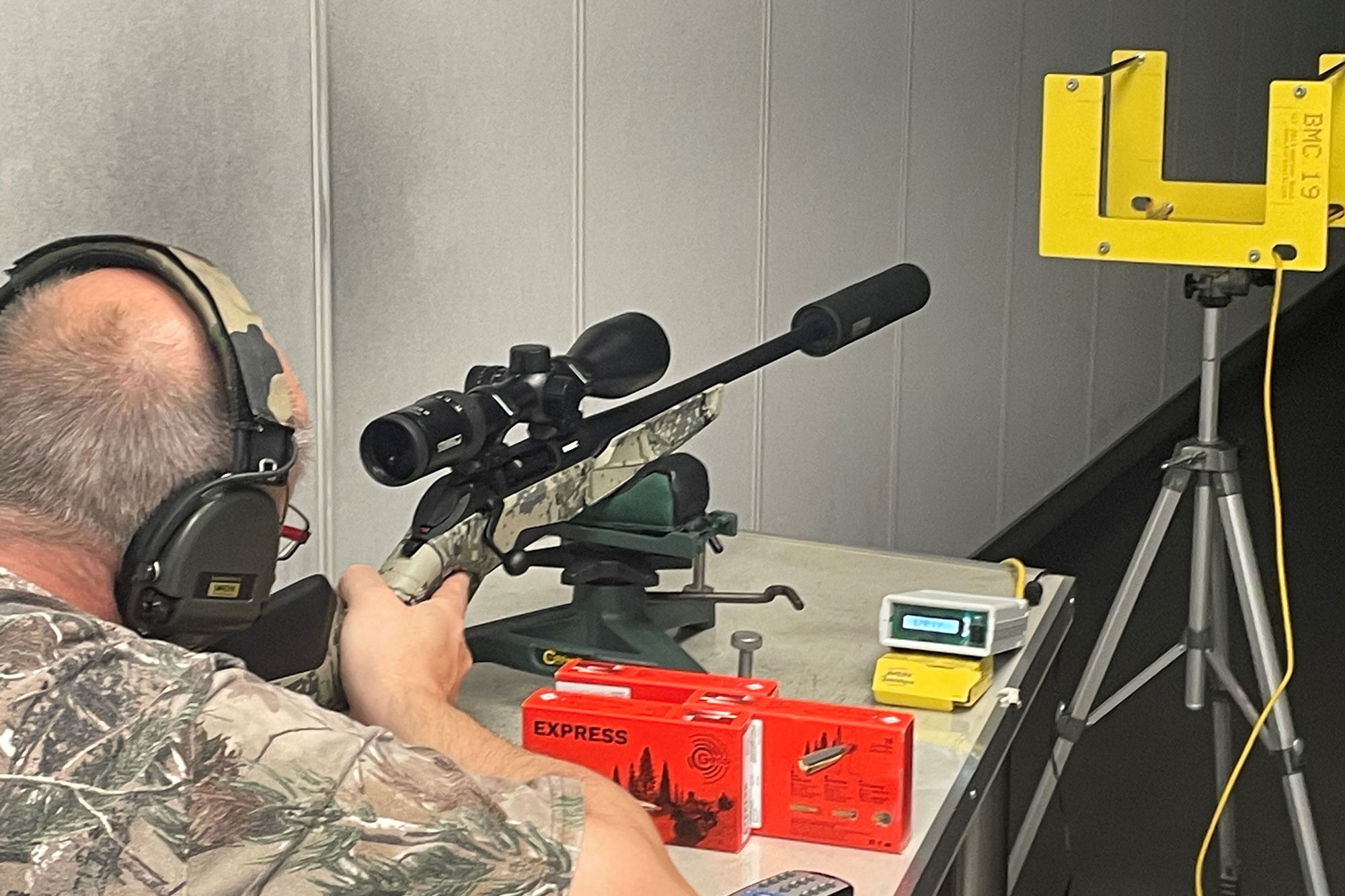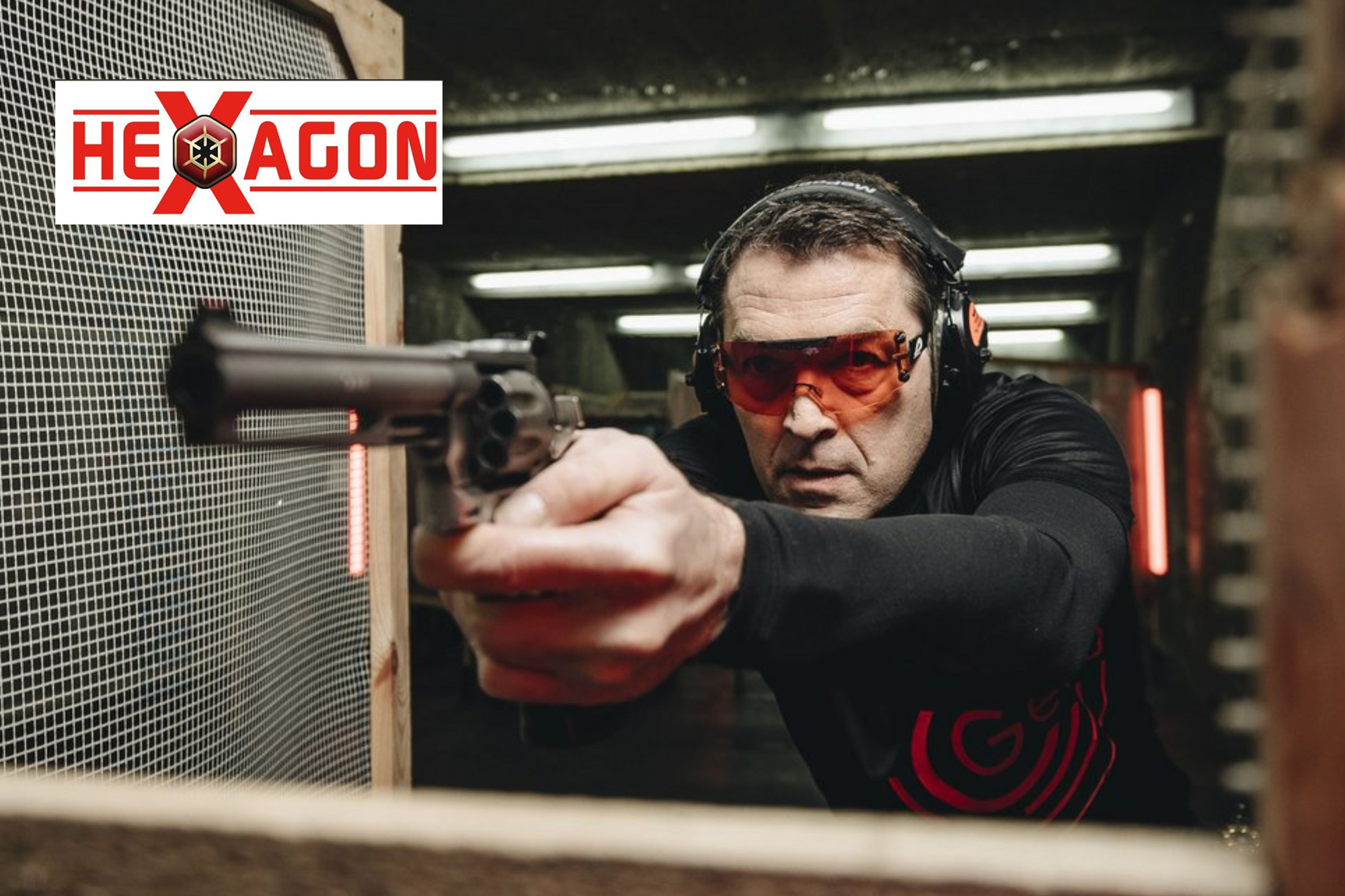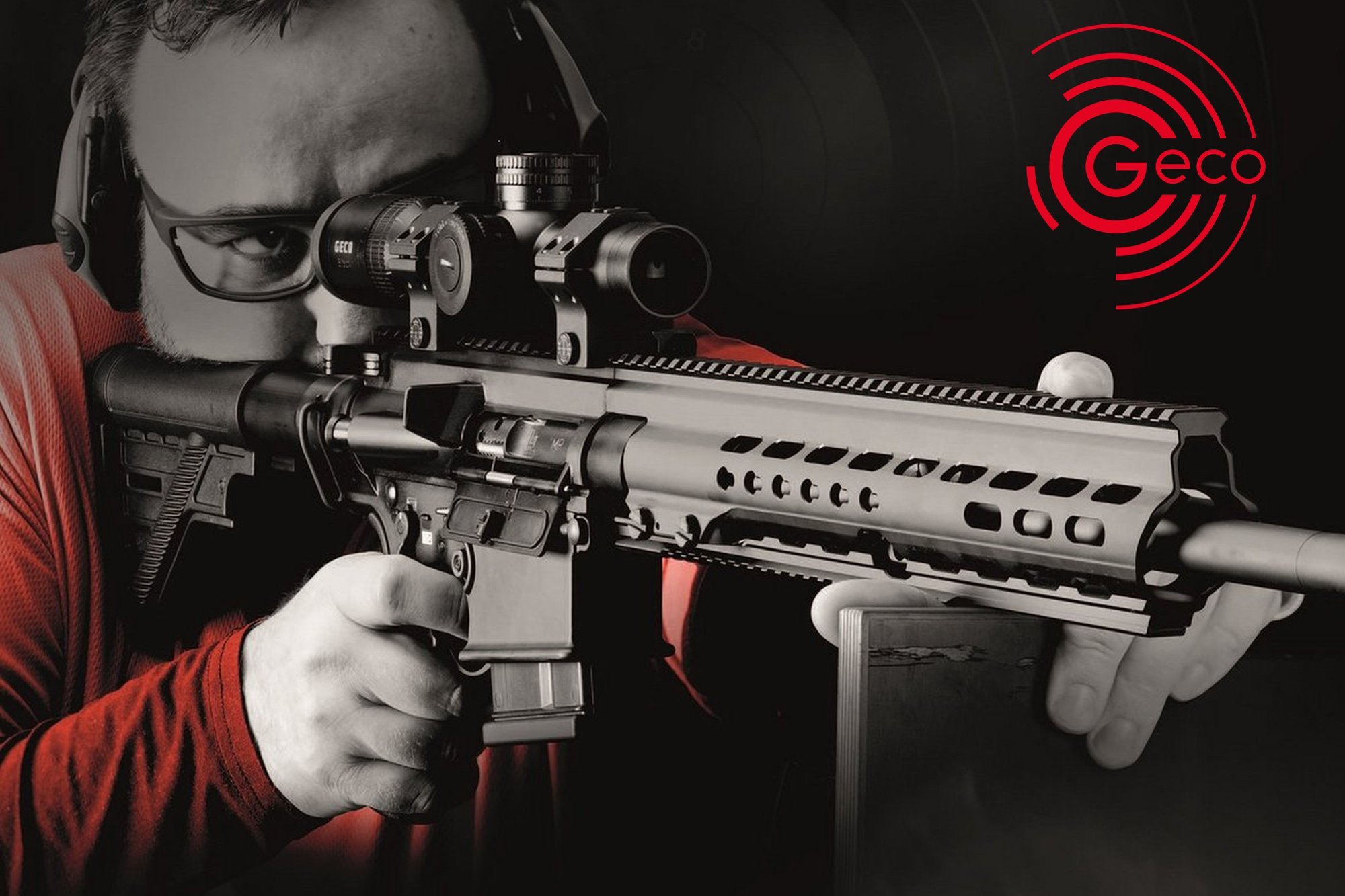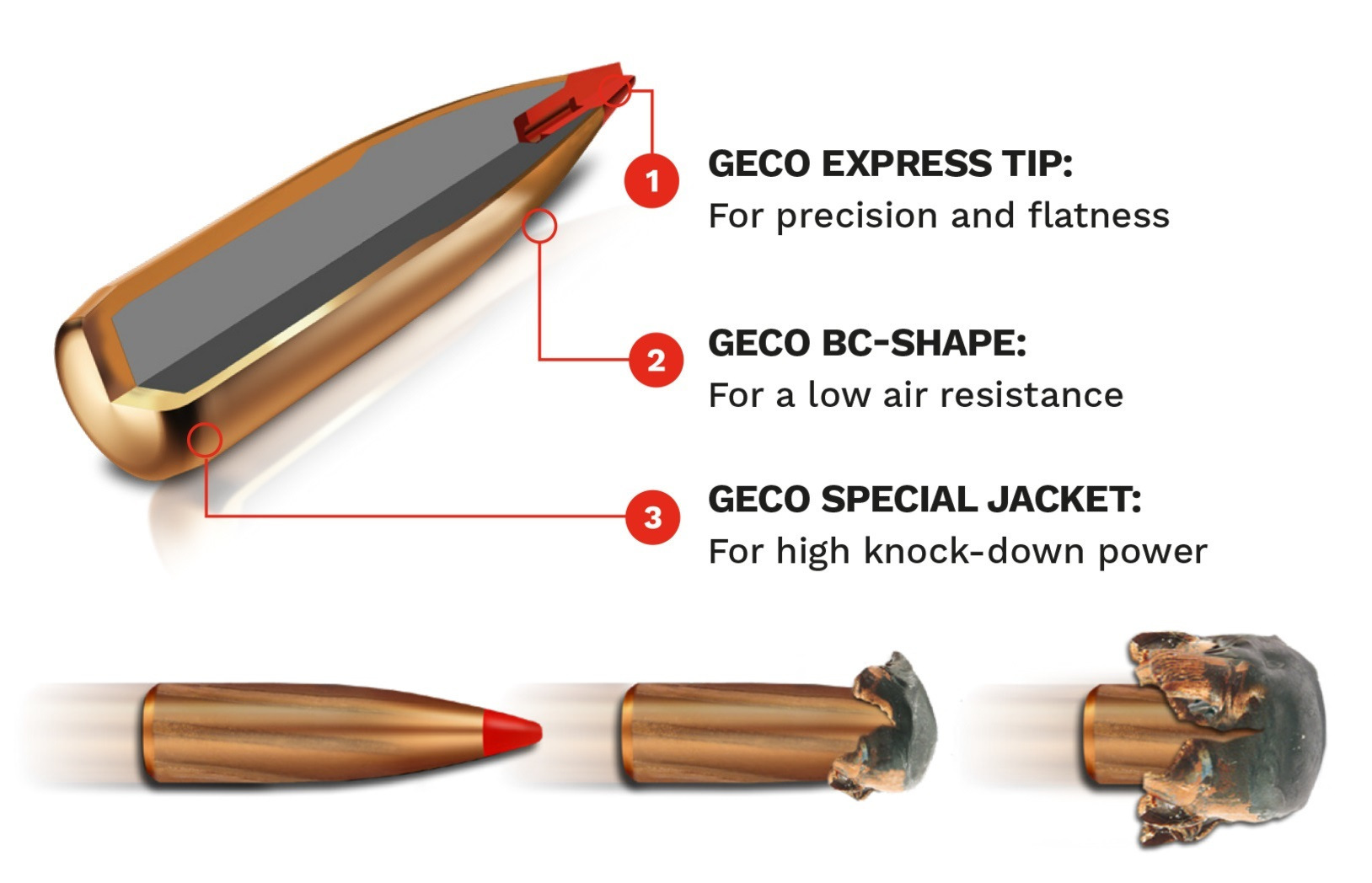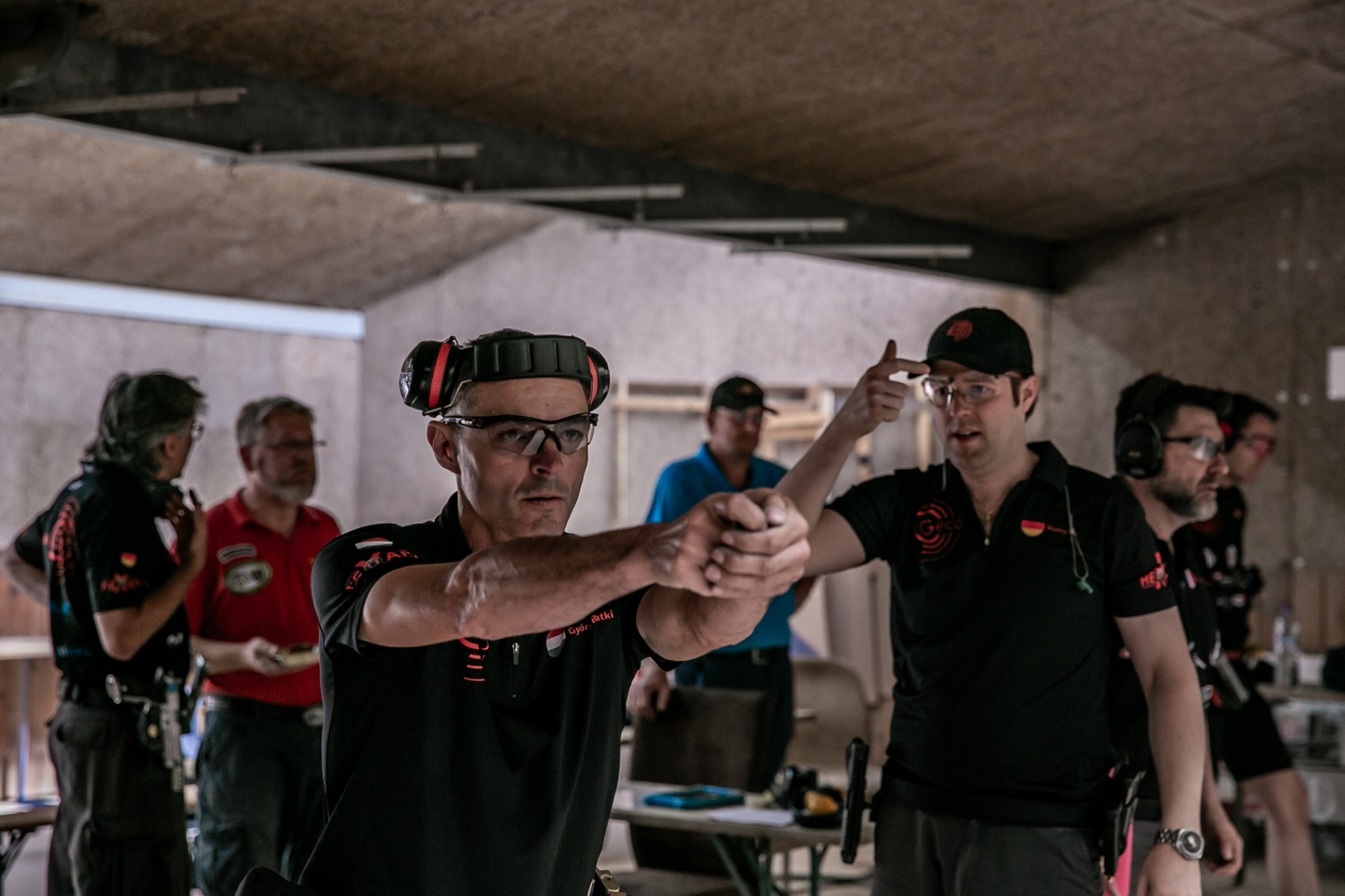Article also available in other languages

The 9mm Luger, or 9x19mm, is quite rightly considered the most popular pistol caliber sports cartridge, and its relatively attractive price is helping to gain ground compared with other handgun centerfire calibers. There was a time when the sport shooter would not be seen without a .357 Magnum revolver and a .45 automatic pistol with interchangeable system for 9mm Luger.
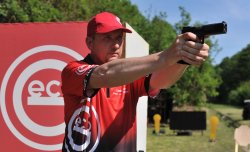
But things have changed in recent years, quite substantially. As the price of ammunition continues to rise, 9mm Luger pistols are finding increasing use as primary weapons in the shooting scene. Lead, copper, and the energy required for manufacture and transport are becoming progressively expensive, so even hand loading is insufficient to compensate for the spiraling prices. This inflation has also put a dent in Georg Luger's pièce de resistance, while unfettered mass production is closing the gap more and more between hand loading and factory cartridges, so that, viewed economically at least, DIY bullets are becoming less and less worthwhile.
9 mm factory ammunition in a benchmark test
The Magtech 115 grain JHP or the more recent Hornady Steel Match with the excellent 125 grain HAP (Hornady Action Pistol) are considered cash cows that deliver good to outstanding groups from a great variety of weapons, not just since our major benchmark test of 9 mm Luger factory ammunition. Intent on reaping the rewards of its home advantage over the competitors from Brazil and the United States who suffer recurring delivery bottlenecks, it is precisely here, in the top flight, that RUAG Ammotec is seeking to carve a niche with the brand-new GECO Hexagon ammo.
Nevertheless, none of the developers of 9 mm Luger ammo has a cushy deal, seeing as there is barely any other caliber replete with weapons that feature such a variety of different barrel diameters, ranging from narrow barrels with .355"/9.02 mm (Kart, Nowlin) to .357"/9.07mm (SIG P210). Another aggravating factor is that almost all US manufacturers are stuck on the 1-16" (406mm) rifling, while the predominant length in Europe is 1-10" (250mm).
In addition to the sheer endless stream of internal test series, this means that ammunition producers have the Sisyphean task of finding an 'ideal' compromise. The word 'hexagon' comes from classical Greek and essentially means an object with six angles.
The choice of this name is no coincidence; it refers to the six grooves running down to the bullet nose, masking the hollow point on the 124 grain/8 gram projectile. 10 measurements with the outside micrometer revealed a diameter of between 9.011 and 9.014mm, or roughly equivalent to a .355" diameter. Weighing 10 individual bullets delivered measurements ranging from 123.5 to 124 grain. Keeping up with the trend, the Hexagon cartridge comes entirely free of heavy metals due to the in-house Sintox primer, putting paid to lead emissions in the shooting range air.
The Product Manager for the GECO handgun line is none other than the highly decorated 1500/PPC shooter Ralf Vanicek, whose understanding of the demand among sports marksmen for precise cartridges is unparalleled. So he took to the shooting range himself to put the Hexagon projectile through its paces before its presentation to international specialist journalists at RUAG's own range at the IWA Shooting Day.
Powder, test weapons and rifling length:
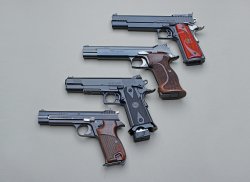
Once we had received the first cartridges and projectiles, we set about choosing the right powders to load our own rounds. We selected the rapid Hodgdon Titegroup, the moderately quick Vihtavuori N330 and the slower Hodgdon Longshot. Keeping to 28.6mm, we based the total length of our handmade rounds on the factory cartridges. The weapons we picked reflected our desire to accommodate the greatest possible diversity in barrel lengths, rifling lengths and barrel diameters in all aspects relevant to sport.
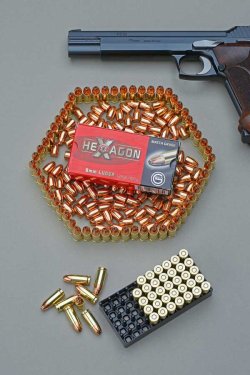
The SIG 210-2 comes with a barrel length of 120mm, 250mm (1-10") rifling and a broad .357"/9.07mm barrel diameter.
STI 2011 Hi Cap Marauder, premiered at SHOT-Show 2014, presents a 5"/127mm barrel length, 406mm (1-16") rifling and 356"/9.04 mm barrel diameter.
The STI 1911 Targetmaster we also included in the test possesses identical rifling and diameter, but comes with a 6"/152mm barrel. The SIG 210 Super Target and the P220 X-Six match this barrel length and diameter, although they betray their origins as typical European pistols in the 250mm rifling length.
The moment of truth…
…came knocking on the shooting range, or more precisely, after assiduous analysis of the 30 individual scatter groups. The scattered groups were produced using 10 shots at 25 m with a weapon clamped in the incorruptible Ransom Rest machine. The old favorite Magtech 115 grain JHP delivered its best individual shot pattern with the STI Marauder, yielding 31mm and averaging out at 47.4mm. The brand-new GECO Hexagon 124 grain JHP TC coped best with the STI Targetmaster, punching a 34mm scatter group into the cardboard.
The five weapons produced an average of 43.8mm, so from the start the new match ammunition scored better results than the Brazilian beans. The Hornady Steel Match cartridge with the grey steel jacket delivered its best individual shot pattern of 29mm using the SIG P210 Super Target. It's hardly surprising that it yielded the best average value of 40.4mm, considering it harmonized magnificently with all test weapons, apart from the STI Targetmaster.
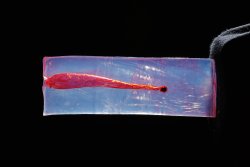
Leaving aside one load shot from the SIG P210-2 with the Vihtavuori N330, our hand-made cartridges trailed the Hexagon factory charges. This is indicative of how well RUAG has tailored the propellant to suit the new cartridge. Although the hand loads are meant more or less to match the factory ammo when it comes to their target velocity, they were around 10 to 25 m slower: in consequence, we would recommend packing 0.2 grain more powder, which still remains within the range of permissible gas pressure.
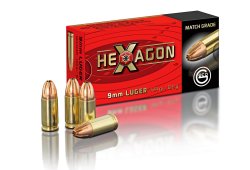
We are inclined to say that the Hodgdon Longshot shows the best potential with this bullet. But in the end, there is one weighty argument that can't be missing in any comparison: the price.
Although local commercial policies and tax regulations make for a very spotty and differentiated price ranges throughout European countries, we have seen that on average, the stated retail price of the Magtech 115 grain JHP for 50 rounds is generally a 10% higher than the GECO Hexagon comes to 50 round box. You'll want that bling style attitude if your sights are set on greater precision from Hornady Steel Match, as a box of 50 crosses the counter at a price that may go up to 25% more than the Magtech. It goes without saying that we based our comparison on recommended retail prices for individual boxes that may come with all kinds of discounts both great and small, depending on the purchase volume and the dealer. The GECO Hexagon projectile will also be available as an individual component for reloaders by the end of the year; prices remain to be announced.
Test summary for the new GECO Hexagon 9mm Luger
The GECO Hexagon convincingly passed its first baptism of fire on the hard-fought market for match cartridges in 9mm Luger, delivering a slightly better precision at a more attractive price compared with the Magtech, at least in our test weapons. And as a free extra, it is the only product among the test triumvirate to possess a primer without any heavy metals. Breaking news: GECO started delivery of the first batches to specialist dealers at the start of May 2014. But anyone seeking to squeeze maximum precision from a 9mm Luger will find no way past the Hornady Steel Match and the excellent HAP projectile, even if it means they have to dig deeper into their pockets.



